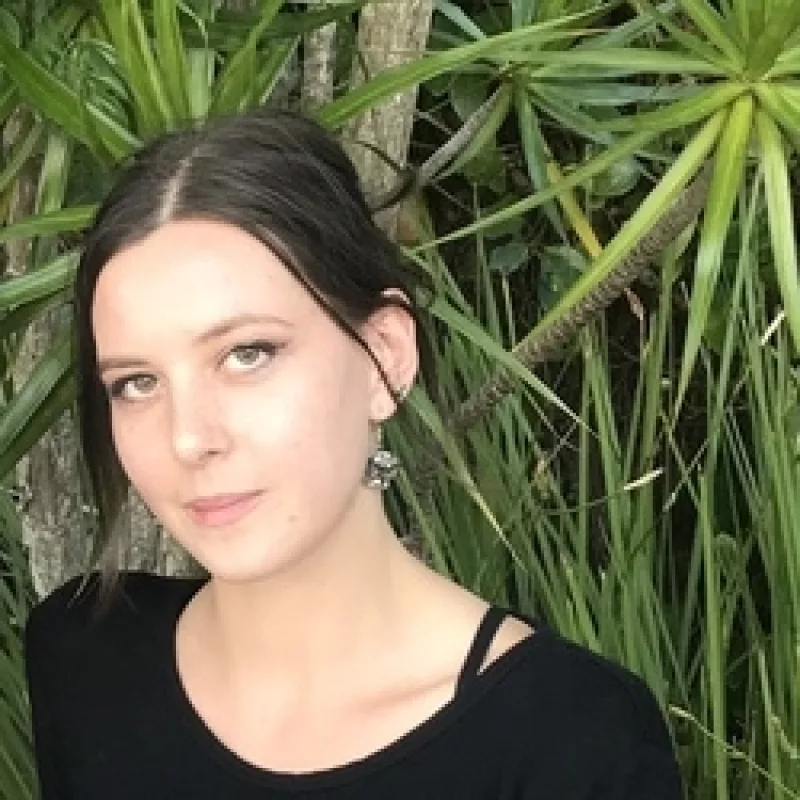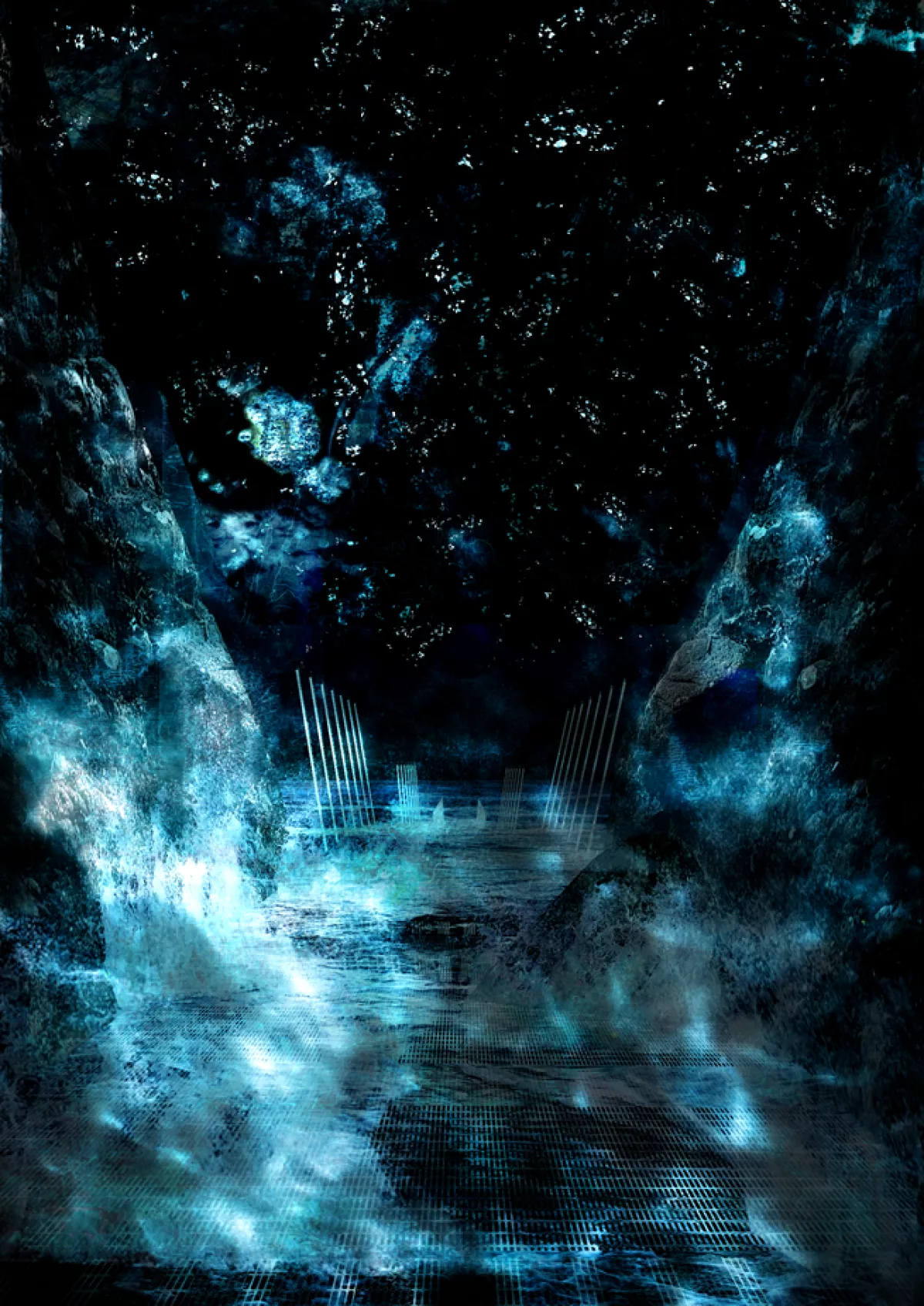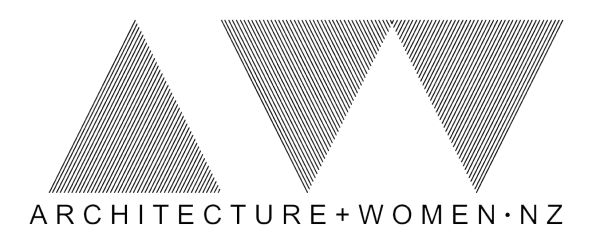Eclipse Architecture
Email them

Showcase
Imagined Landscapes: Valuing the Intangible in Architectural Perception
This thesis advocates for a greater appreciation of the subjective, intangible and atmospheric qualities inherent in the perception and creation of architectural space. Perception is simultaneously conscious and unconscious, embodied and imagined, personal and universal, objective and obscure. Our response to and articulation of architecture relies on these labyrinthine impressions.
Dissolution of the boundary between the tangible and intangible allows for architecture to occupy a fluid state, as this document interrogates the affective relationships between self and space, architecture and landscape. This is an evocation of architecture formed from our embodied, immaterial and affective understandings; existing not as a detached object, but layered and dissolved within other landscapes.
In this body of work, an understanding of architecture is examined through two themes, Landscape and Water. Both are investigated using a generative drawing and modelling process, which seeks the development of atmosphere and emotion over that of form or object. The thesis is split into three parts, approaching architectural design as an extension of an iterative series of making. Part One contains Series 1-7 and begins with an investigation into the perception of landscape. Western art history is referenced, with emphasis on the movements of Romanticism and Surrealism, to understand our poetic depictions of landscape. In the development of Part One, theorists Tim Ingold and Karl Benediktsson frame an exploration into the inherent agency and fluidity of landscape. The nature of our dialogue within this layered environment is interrogated, with the guidance of theorists such as Dalibor Vesely, Juhani Pallasmaa, Jane Bennett and Alberto Perez-Gomez.
Part Two contains Series 8-16. Conceiving of architecture as a poetic image, the document proceeds into an architectural reading of Gaston Bachelard’s text Water and Dreams. A series of making emerging from the reading follows the journey from surface to depth, reflection to darkness. Water is established as a poetic, material intangibility that acts as a tool for dissolution; understanding the poetics of water as architectural material.
In order to move into an architectural conclusion, a brief was written from understandings reached in Part One and Two. From this, Part Three critiques the lighthouse as a human-imposed object on landscape. The lighthouse archetype is re-imagined as a beacon at Te Waha Point, intended to acknowledge the taniwha Paikea and Kaiwhare, and the sublime environment. Designed through a process that prioritises the qualitative, this beacon evokes the learnings of this thesis, highlighting the intangibilities and affective emotion present in architectural perception and creation.
Dissolution of the boundary between the tangible and intangible allows for architecture to occupy a fluid state, as this document interrogates the affective relationships between self and space, architecture and landscape. This is an evocation of architecture formed from our embodied, immaterial and affective understandings; existing not as a detached object, but layered and dissolved within other landscapes.
In this body of work, an understanding of architecture is examined through two themes, Landscape and Water. Both are investigated using a generative drawing and modelling process, which seeks the development of atmosphere and emotion over that of form or object. The thesis is split into three parts, approaching architectural design as an extension of an iterative series of making. Part One contains Series 1-7 and begins with an investigation into the perception of landscape. Western art history is referenced, with emphasis on the movements of Romanticism and Surrealism, to understand our poetic depictions of landscape. In the development of Part One, theorists Tim Ingold and Karl Benediktsson frame an exploration into the inherent agency and fluidity of landscape. The nature of our dialogue within this layered environment is interrogated, with the guidance of theorists such as Dalibor Vesely, Juhani Pallasmaa, Jane Bennett and Alberto Perez-Gomez.
Part Two contains Series 8-16. Conceiving of architecture as a poetic image, the document proceeds into an architectural reading of Gaston Bachelard’s text Water and Dreams. A series of making emerging from the reading follows the journey from surface to depth, reflection to darkness. Water is established as a poetic, material intangibility that acts as a tool for dissolution; understanding the poetics of water as architectural material.
In order to move into an architectural conclusion, a brief was written from understandings reached in Part One and Two. From this, Part Three critiques the lighthouse as a human-imposed object on landscape. The lighthouse archetype is re-imagined as a beacon at Te Waha Point, intended to acknowledge the taniwha Paikea and Kaiwhare, and the sublime environment. Designed through a process that prioritises the qualitative, this beacon evokes the learnings of this thesis, highlighting the intangibilities and affective emotion present in architectural perception and creation.
Year of Completition
2022
Type
MArch Prof Thesis













